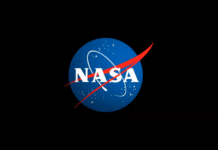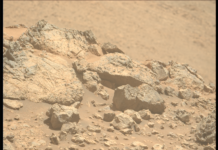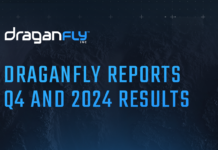ITER’s Innovative Use of AI and Microsoft 365 Tools to Streamline Operations
The ITER organization, renowned for its groundbreaking research in nuclear fusion, is making significant strides in leveraging advanced technology to enhance its operational efficiency. Jean-Daniel Delaplagne, the IT Section Leader at ITER, has been instrumental in spearheading these technological advancements. With 15 years of experience within the organization, Delaplagne has played a pivotal role in expanding ITER’s use of Microsoft technologies, including Office 365 and Windows servers, which have been integral to the organization’s infrastructure for many years. However, in recent times, the scope of these technologies has been broadened to include innovative applications that are transforming how ITER manages its vast reservoir of knowledge.
Enhancing Knowledge Management with Advanced Technology
One of the key objectives for ITER’s IT team was to improve the way they connect with their extensive knowledge base. With over 20 years of accumulated knowledge and more than one million documents, accessing this information efficiently is crucial. Delaplagne and his team have successfully customized an Azure OpenAI Service chatbot to streamline the process of mining this extensive database. This initiative is part of a collaborative effort with Microsoft’s partner, Witivio, to integrate the knowledge platform with Microsoft 365 Copilot through what are known as agentic features. These features include tools specifically designed to decode the numerous acronyms that ITER utilizes, thereby enhancing the usability of the knowledge base.
Delaplagne highlighted the significant benefits of this chatbot in improving information retrieval. "The quality of answers we receive on technical knowledge at ITER has been quite impressive," he mentioned. The chatbot not only excels at locating documents but also at extracting pertinent information from within those documents, providing insights into various engineering and construction aspects.
Expanding the Use of Microsoft 365 Copilot
Following a successful initial phase where Microsoft 365 Copilot was tested by 50 beta users, ITER is now scaling up its implementation. The organization plans to expand to over 300 Copilot licenses, with future expansions on the horizon. This tool is proving invaluable not only for technical queries but also for administrative functions. Delaplagne explained that Copilot is being utilized for tasks such as initial evaluations of CVs, streamlining the hiring process, and managing purchasing and inventory tasks.
Streamlining IT Support with Azure OpenAI Service
Another significant application of the Azure OpenAI Service at ITER is in the realm of IT support. Annually, ITER handles around 40,000 IT help requests. By making the history of these tickets searchable, the organization can expedite the resolution of common issues. This system has been met with positive feedback, as it allows the IT team to efficiently address recurring problems by referencing past solutions.
In addition to IT support, health and safety officers at ITER are leveraging Copilot for drafting inspection methodologies and checklists. The tool is also used to generate open-ended questions, which aids in thorough safety inspections.
Implications and Future Prospects
The successful integration of these advanced technologies at ITER underscores the transformative potential of AI and cloud-based solutions in enhancing organizational efficiency. By digitizing and automating knowledge management, administrative tasks, and IT support, ITER is setting a precedent for other research organizations to follow.
For those unfamiliar with the technical jargon, here’s a brief explanation: Azure OpenAI Service is a cloud-based platform that provides artificial intelligence capabilities to create, train, and deploy AI models. It enables users to harness the power of AI for various applications, such as chatbots and data analysis. Microsoft 365 Copilot, on the other hand, is an AI-powered tool that assists with tasks across Microsoft 365 applications, enhancing productivity and streamlining workflows.
Overall, ITER’s innovative approach to utilizing technology serves as a compelling case study for how organizations can harness the power of AI to improve knowledge management and operational efficiency. As ITER continues to expand its use of these tools, it is likely to uncover even more applications that can further enhance its research and administrative capabilities.
For more information about ITER’s use of Microsoft technologies, you can visit Witivio’s official website.
For more Information, Refer to this article.


































